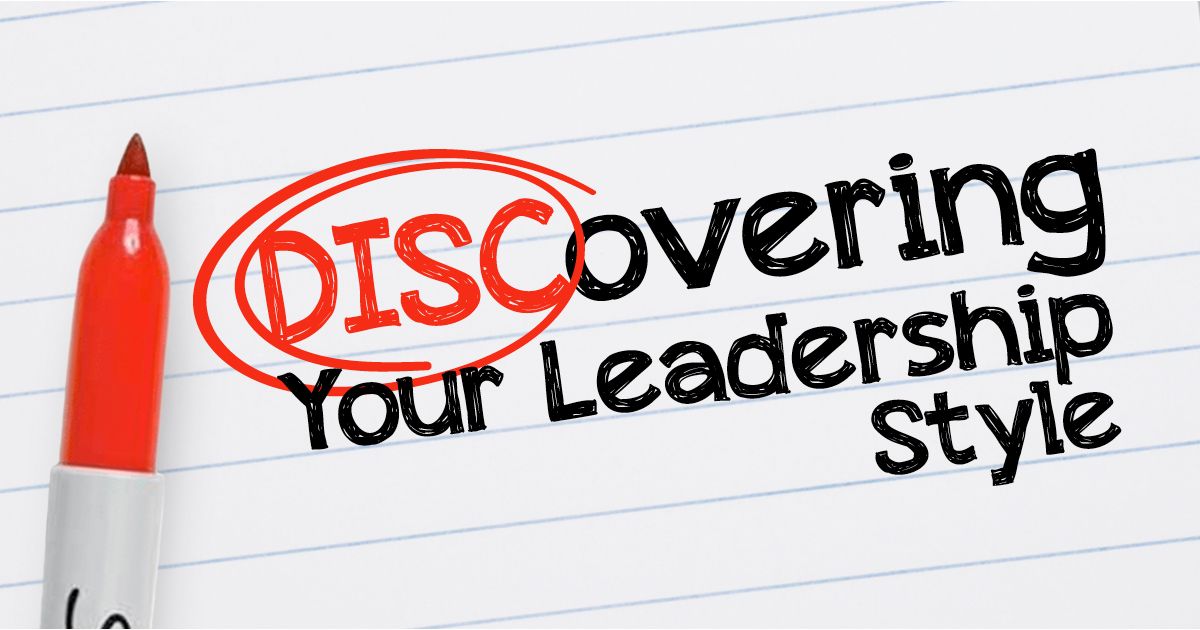Recently, my mom found a stack of my old report cards from elementary school through high school. Together we took a trip down memory lane and reminisced as we read them. I noticed a common theme: every teacher had marked a big red “X” next to “talks too much.” My mom laughed as she recalled every parent-teacher conference beginning with my teacher mentioning my gift of gab. Her favorite comment she ever received was, “Christopher is a great student, but he talks too much. He’s a distraction to himself and others.”
It’s still true today: I’m a classic extrovert. I’ve never had a hard time making friends and can carry on a conversation with just about anybody.
Recently, I took the DISC (Dominance, Influence, Steadiness, and Conscientiousness) Leadership Assessment. Invented by physiological psychologist (and creator of comic book character “Wonder Woman”) William Moulton Marston, the theory is that behavioral expression of emotion can be categorized into four aspects based on a combination of a person’s self-perception and environmental factors. No surprise to me, I was an off the chart “I” for “Influence.” Respondents with this result “tend to share thoughts and opinions freely, often as a relaxed stream of consciousness” and “believe enthusiasm encourages others to reach their goals.”
Ultimately, the DISC theory works to explain leadership. Increasing your own self-awareness and tuning into the preferences of others can help you to improve communications and workflow. As an account manager with a strong “Influence” result, I believe my “open communication style and outward passion” encourages my team members and clients to reach our goals.
That’s not to say mine is the only effective leadership style. Co-workers who have taken this assessment have gotten very different results. Each member of our team demonstrates different strengths.

I’ve found myself using what I learned during my DISC assessment while working with clients and colleagues. For example, I have some colleagues that score high on the “steadiness” chart. They can be described as “tenacious and determined to follow a course of action to achieve objectives” with “a strong need to be objective and analytical.”
While I may not have the same style of leadership, I have learned to take a step back, listen, and speak in a way that will effectively and efficiently get to the point. Likewise, I contribute to LMD’s team dynamics by using my strengths of optimism and passion to motivate my colleagues.
Understanding how teams work is incredibly important in any industry, but especially so in the world of advertising and marketing. When working with internal teams, vendors, clients, or with other agencies, understanding different styles and forms of leadership is critical to making the path to our goals as clear and as smooth as possible. A mix of leadership styles will get you there; for every cautiously analytical “S” (“steadiness,” according to DISC) person, you need an enthusiastic and passionate “I” for balance.
Or, in the words of many of my teachers, someone who talks too much in class.

